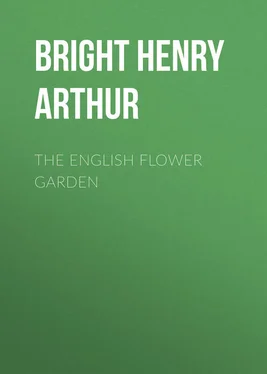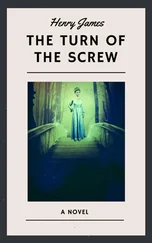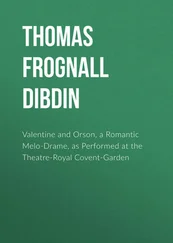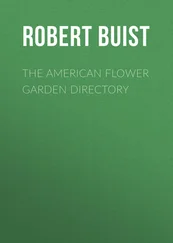“Nothing,” says Bacon, “is more pleasant to the eye than green grass nicely shorn,” – a sentiment which Mason, in that somewhat tiresome poem of his from which I have already quoted, has sense enough to approve —
“For green is to the eye, what to the ear
Is harmony, or to the smell the rose.”
But green lawns all over England were being destroyed. The flower-borders, where there had been no walled garden, had hitherto generally followed the line of the shrubberies and plantations, and the windings of garden walks; but these and the flowers that grew there were now neglected.
Still worse was the effect on the smaller villa-gardens. They had had their flowers on the sunny side of the garden wall, their pleasant bit of lawn with specimen trees, their fence of scented shrubs. The trees were destroyed, the lawn was cut up; and all for the sake of red and yellow patches during four summer months. Even the cottagers in many places seem to have forgotten the old English flowers, such as grew in Perdita’s garden, the “hot lavender,” the marygold, the crown-imperial and the lily, and have taken to slips of pelargonium and the like.
Nor even yet had the abuse of the bedding-out system done its worst. There were still, as we have said, in many gardens, strips of border which, not being in the form of rounded beds, were allowed, half under protest as it were, to harbour some of the old flowers. Unfortunately for them, ribbon borders were invented, and the last sanctuary of herbaceous plants was often ruthlessly destroyed. Pelargoniums again, and calceolarias, with lobelias in front, and dark-leaved perillas in the background, made up the new ribbon border. It was no doubt effective enough in its way, but we have now seen it almost everywhere, and for the last fifteen years at least. Of course there are happy variations of it in great places, and where the gardener is a man of taste and ability; but it sometimes appears to us that such gardeners must be very rare exceptions. Such a ribbon border as I have described, and extremely badly grown moreover, is, or was a year or two ago, supposed to be the appropriate adornment of Shakespeare’s garden at New Place in Stratford.
A further modification in the round beds has been introduced still more recently. It is the bedding-out of zonal pelargoniums, of echeverias, and of other plants, whose beauty lies in the foliage rather than the blossom. No doubt they give softer tints to the general effect, but they are a poor substitute for the varied beauty of an old garden. It may be difficult to find interest in the ordinary “bedding-out stuff,” but they are poetry itself compared to plants which chiefly remind one of the last days of the garden of “the Sensitive Plant,” when, instead of all odorous flowers, there were only growths
Конец ознакомительного фрагмента.
Текст предоставлен ООО «ЛитРес».
Прочитайте эту книгу целиком, купив полную легальную версию на ЛитРес.
Безопасно оплатить книгу можно банковской картой Visa, MasterCard, Maestro, со счета мобильного телефона, с платежного терминала, в салоне МТС или Связной, через PayPal, WebMoney, Яндекс.Деньги, QIWI Кошелек, бонусными картами или другим удобным Вам способом.
See Note I., on the Gardener Bower-bird.
See Note II., on Ars Topiaria.
Horace Walpole says that Bridgeman invented the sunk fence, “and the common people called them ‘Ha! ha’s!’ to express their surprise at finding a sudden and unperceived check to their walks.” He adds that Kent “leaped the fence, and saw that all Nature was a garden.”












